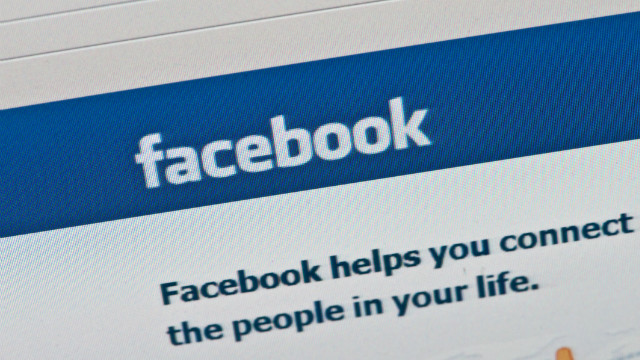Verdict:
With its beautiful retina display, this would be a serious MacBook rival if it wasn’t for Chrome OS
Review Date: 28 Feb 2013
Price when reviewed: £1,049
Supplier: http://www.play.google.com
Reviewed By: Katharine Byrne
Our Rating

 Mixing modern engineering with a retro shape, the Chromebook Pixel looks fantastic
Mixing modern engineering with a retro shape, the Chromebook Pixel looks fantastic It measures a svelte 16.2mm thick and weighs just 1.5kg, but the main highlight is its beautiful 12.85in touchscreen. It’s made of Gorilla Glass and has a razor sharp 2,560x1,700 retina display, giving everything an astounding level of detail. Perhaps its best feature, though, is that it’s all packed into a square-ish 3:2 aspect ratio. This is a world away from the 16:9 widescreen configurations we’ve become accustomed to, and is far better suited to the web as it exists today.
It’s incredibly bright and responsive too, and while Chrome OS isn’t quite as touch-orientated as Windows 8, swiping through its app-style menu and scrolling through the Chrome WebStore has never been so simple.
 It look great from any angle, though the lid doesn't fold back any further than this
It look great from any angle, though the lid doesn't fold back any further than this We preferred using the touchscreen to the all-in-one touchpad, but that certainly wasn’t through any fault in the touchpad’s design. Rather, the touchpad’s smooth surface was a joy to use, and it provided a solid amount of click from almost anywhere on its surface. Multi-touch gestures like pinch-zooming were a little temperamental, but two-finger scrolling worked perfectly.
Typing on the Pixel was even more comfortable, as all its Chiclet-style keys were very well-spaced and provided plenty of tactile feedback. It’s lost its Function key labels in favour of a row of media buttons across the top of the keyboard, but all of the unique web-related buttons from previous Chromebooks make an appearance here. It also retains a single Search key to help pinpoint your favourite apps and web pages without taking your hands away from the keyboard; that's at the expense of the Caps Lock key though, which is annoyingly relegated to Alt+Search.
 The keyboard is great, even is the layout is a little eccentric
The keyboard is great, even is the layout is a little eccentric It’s not just a fancy screen that sets the Pixel apart from other Chromebooks, as there’s some fast hardware squeezed into its tiny chassis to try and justify that price. Unlike previous Chromebooks which economised on hardware to help keep their sub-£250 price, the Pixel has 4GB of RAM and a 1.8GHz Intel Core i5 processor. Google has been vague on the exact details of its processor, but it looks to be a Core i5-3427U, the same processor we believe powers Apple’s 13in
SOURCE: expertreviews.co.uk







